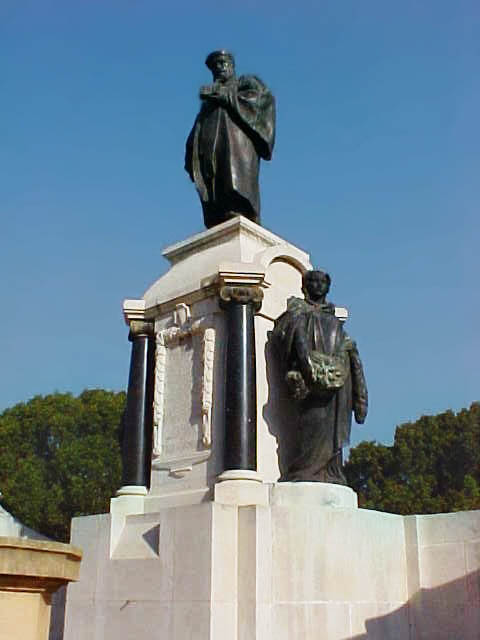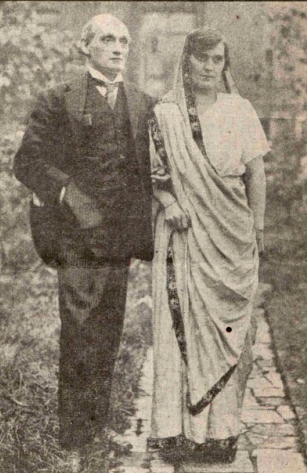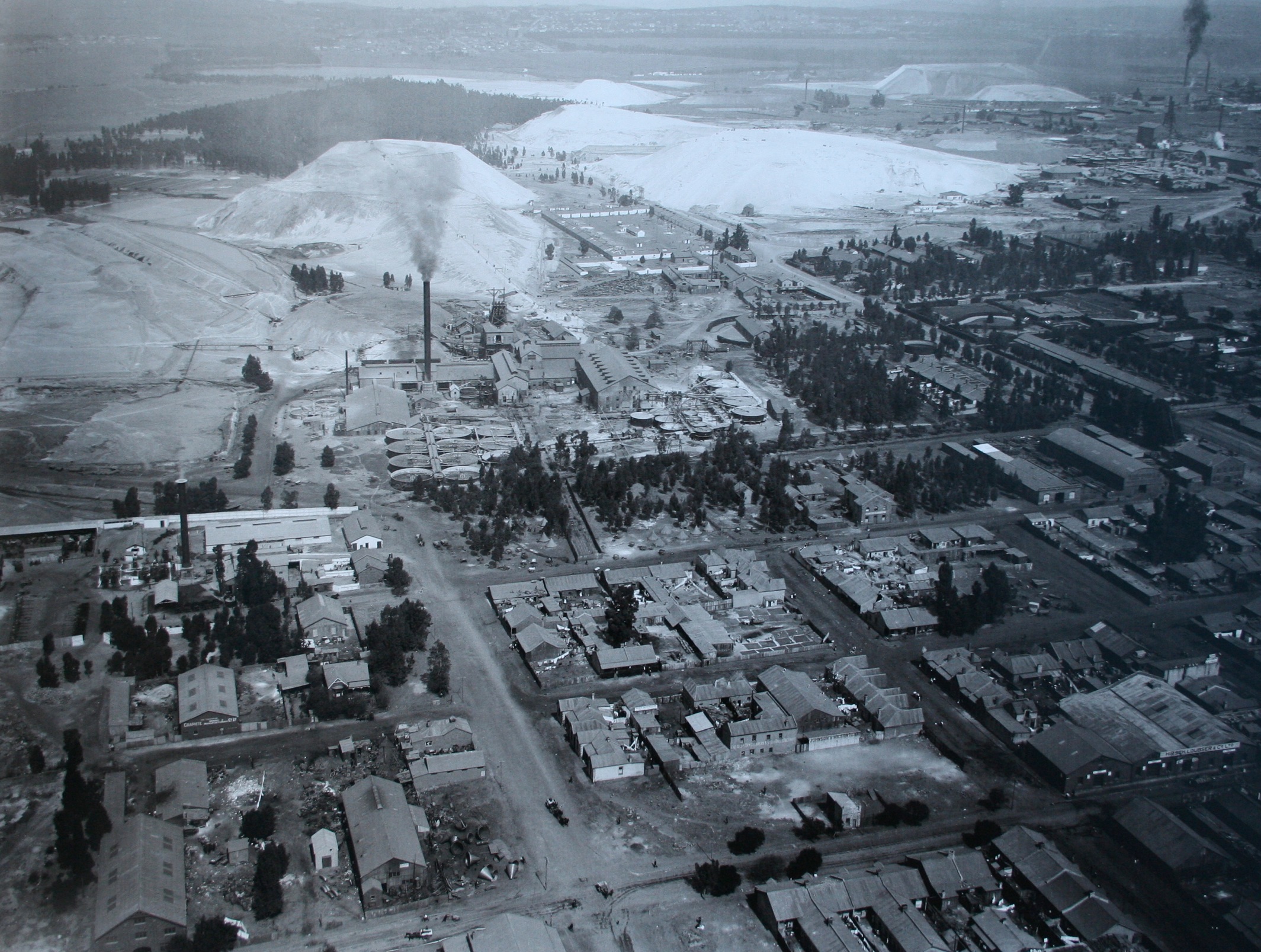|
Ratanji Tata
Sir Ratanji Jamsetji Tata (20 January 1871 – 5 September 1918) was an Indian financier and philanthropist during the British Raj. Biography Ratanji Tata was born in Bombay in British India as the son of the noted Parsi merchant Jamsetji Tata. Ratan Tata was educated at St. Xavier's College in Bombay and afterwards entered his father's firm. On the death of the elder Tata in 1904, Ratan Tata and his brother Dorabji Tata inherited a very large fortune, much of which they devoted to philanthropic works of a practical nature and to the establishment of various industrial enterprises for developing the resources of India. An Indian institute of scientific and medical research (Indian Institute of Science, IISc) was founded at Bangalore in 1905, and in 1912 the Tata Steel began work at Sakchi, in the Central Provinces, with marked success. The most important of the Tata enterprises, however, was the storing of the water power of the Western Ghats (1915), which provided Bomb ... [...More Info...] [...Related Items...] OR: [Wikipedia] [Google] [Baidu] |
Jamsetji Tata
Jamsetji (Jamshedji) Nusserwanji Tata (3 March 1839 – 19 May 1904) was an Indian pioneer industrialist who founded the Tata Group, India's biggest conglomerate company. Named the greatest philanthropist of the last century by several polls and ranking lists, he also established the city of Jamshedpur. Jamshedji Tata is regarded as the legendary "Father of Indian Industry". He was so influential in the world of industry that Jawaharlal Nehru referred to Tata as a One-Man Planning Commission. :"When you have to give the lead in action, in ideas – a lead which does not fit in with the very climate of opinion – that is true courage, physical or mental or spiritual, call it what you like, and it is this type of courage and vision that Jamshedji Tata showed. It is right that we should honour his memory and remember him as one of the big founders of modern India." —Jawaharlal Nehru Tata, who in his early life was a merchant, went on to change the business world ... [...More Info...] [...Related Items...] OR: [Wikipedia] [Google] [Baidu] |
England
England is a country that is part of the United Kingdom. It shares land borders with Wales to its west and Scotland to its north. The Irish Sea lies northwest and the Celtic Sea to the southwest. It is separated from continental Europe by the North Sea to the east and the English Channel to the south. The country covers five-eighths of the island of Great Britain, which lies in the North Atlantic, and includes over 100 smaller islands, such as the Isles of Scilly and the Isle of Wight. The area now called England was first inhabited by modern humans during the Upper Paleolithic period, but takes its name from the Angles, a Germanic tribe deriving its name from the Anglia peninsula, who settled during the 5th and 6th centuries. England became a unified state in the 10th century and has had a significant cultural and legal impact on the wider world since the Age of Discovery, which began during the 15th century. The English language, the Anglican Church, and Engli ... [...More Info...] [...Related Items...] OR: [Wikipedia] [Google] [Baidu] |
Shapurji Saklatvala
Shapurji Dorabji Saklatvala (28 March 1874 – 16 January 1936) was a communist activist and British politician of Indian Parsi heritage. Saklatvala is notable for being the first person of Indian heritage to become a British Member of Parliament (MP) for the UK Labour Party, and was also among the few members of the Communist Party of Great Britain (CPGB) to serve as an MP. Early years Shapurji Saklatvala was born on 28 March 1874 in Bombay (now Mumbai), India, the son of a merchant, Dorabji Saklatvala, and his wife Jerbai, a sister of Jamsetji (aka J.N.) Tata, the owner of India's largest commercial and industrial empire.Article by Mike Squires. He was educated at St. Xavier's School in Bombay before moving to St. Xavier's College for his collegiate education.Colin Holmes, "Shapurgi Dorabji Saklatvala," in A. Thomas Lane (ed.), ''Biographical Dictionary of European Labor Leaders: M-Z.'' Westport, CT: Greenwood Press, 1995; p. 835. He worked briefly as an iron and coal prosp ... [...More Info...] [...Related Items...] OR: [Wikipedia] [Google] [Baidu] |
Woking
Woking ( ) is a town and borough status in the United Kingdom, borough in northwest Surrey, England, around from central London. It appears in Domesday Book as ''Wochinges'' and its name probably derives from that of a Anglo-Saxon settlement of Britain, Saxon landowner. The earliest evidence of human activity is from the Paleolithic, but the low fertility of the sandy, local soils meant that the area was the least populated part of the county in 1086. Between the mid-17th and mid-19th centuries, new transport links were constructed, including the Wey and Godalming Navigations, Wey Navigation, Basingstoke Canal and South West Main Line, London to Southampton railway line. The modern town was established in the mid-1860s, as the London Necropolis Company began to sell surplus land surrounding Woking railway station, the railway station for home construction, development. Modern local government in Woking began with the creation of the Woking Local Board of Health, Local Board in ... [...More Info...] [...Related Items...] OR: [Wikipedia] [Google] [Baidu] |
Brookwood Cemetery
Brookwood Cemetery, also known as the London Necropolis, is a burial ground in Brookwood, Surrey, England. It is the largest cemetery in the United Kingdom and one of the largest in Europe. The cemetery is listed a Grade I site in the Register of Historic Parks and Gardens. History Background Brookwood Cemetery was conceived by the London Necropolis Company (LNC) in 1849 to house London's deceased, at a time when the capital was finding it difficult to accommodate its increasing population, of living and dead. The cemetery is said to have been landscaped by architect William Tite, but this is disputed. In 1854, Brookwood was the largest cemetery in the world but it is no longer. Its initial owner being incorporated by Act of Parliament in 1852, Brookwood Cemetery (apart from its northern section, reserved for Nonconformists) was consecrated by Charles Sumner, Bishop of Winchester, on 7 November 1854. It was opened to the public on 13 November 1854 when the first burial ... [...More Info...] [...Related Items...] OR: [Wikipedia] [Google] [Baidu] |
St Ives, Cornwall
St Ives ( kw, Porth Ia, meaning " St Ia's cove") is a seaside town, civil parish and port in Cornwall, England. The town lies north of Penzance and west of Camborne on the coast of the Celtic Sea. In former times it was commercially dependent on fishing. The decline in fishing, however, caused a shift in commercial emphasis, and the town is now primarily a popular seaside resort, notably achieving the title of Best UK Seaside Town from the British Travel Awards in both 2010 and 2011. St Ives was incorporated by Royal Charter in 1639. St Ives has become renowned for its number of artists. It was named best seaside town of 2007 by ''The Guardian'' newspaper. History Early history The origin of St Ives is attributed in legend to the arrival of the Irish saint Ia of Cornwall, in the 5th century. The parish church bears her name, and the name St Ives derives from it. The Sloop Inn, which lies on the wharf was a fisherman's pub for many centuries and is dated to "circa 1 ... [...More Info...] [...Related Items...] OR: [Wikipedia] [Google] [Baidu] |
Dorab Tata
Sir Dorabji Tata (27 August 1859 – 3 June 1932) was an Indian businessman of the British Raj, and a key figure in the history and development of the Tata Group. He was knighted in 1910 for his contributions to industry in British India. Early life and education Dorab was the elder son of Hirabai and Parsi Zoroastrian Jamsetji Nusserwanji Tata. Through an aunt, Jerbai Tata, who married a Bombay merchant, Dorabji Saklatvala, he was a cousin of Shapurji Saklatvala who later became a Communist Member of the British Parliament.Article on Saklatvala by Mike Squires, who refers to Jamsetji as J.N. Tata. Tata received his primary education at the Proprietary High School in Bombay (now Mumbai) before travelling to England in 1875, where he was privately tutored. He entered Gonville and Caius College, Cambridge in 1877, where he remained for two years before returning to Bombay in 1879. He continued his studies at St. Xavier's College, Bombay, where he obtained a degree in ... [...More Info...] [...Related Items...] OR: [Wikipedia] [Google] [Baidu] |
Prince Of Wales Museum
Chhatrapati Shivaji Maharaj Vastu Sangrahalaya, (CSMVS) originally named Prince of Wales Museum of Western India, is a museum in Mumbai (Bombay) which documents the history of India from prehistoric to modern times. It was founded during British rule of India in the early years of the 20th century by prominent citizens of the city then called Bombay, with the help of the government, to commemorate the visit of the Prince of Wales (later George V, king of the United Kingdom and emperor of India). It is located in the heart of South Mumbai near the Gateway of India. The museum was renamed in 1998 after Chhatrapati Shivaji Maharaj, the founder of the Maratha Empire. The building is built in the Indo-Saracenic style of architecture, incorporating elements of other styles of architecture like the Mughal, Maratha and Jain. The museum building is surrounded by a garden of palm trees and formal flower beds. The museum houses approximately 50,000 exhibits of ancient Indian history as w ... [...More Info...] [...Related Items...] OR: [Wikipedia] [Google] [Baidu] |
Chhatrapati Shivaji Maharaj Vastu Sangrahalaya
Chhatrapati Shivaji Maharaj Vastu Sangrahalaya, (CSMVS) originally named Prince of Wales Museum of Western India, is a museum in Mumbai (Bombay) which documents the history of India from prehistoric to modern times. It was founded during British rule of India in the early years of the 20th century by prominent citizens of the city then called Bombay, with the help of the government, to commemorate the visit of the Prince of Wales (later George V, king of the United Kingdom and emperor of India). It is located in the heart of South Mumbai near the Gateway of India. The museum was renamed in 1998 after Chhatrapati Shivaji Maharaj, the founder of the Maratha Empire. The building is built in the Indo-Saracenic style of architecture, incorporating elements of other styles of architecture like the Mughal, Maratha and Jain. The museum building is surrounded by a garden of palm trees and formal flower beds. The museum houses approximately 50,000 exhibits of ancient Indian history ... [...More Info...] [...Related Items...] OR: [Wikipedia] [Google] [Baidu] |
Transvaal Colony
The Transvaal Colony () was the name used to refer to the Transvaal region during the period of direct British rule and military occupation between the end of the Second Boer War in 1902 when the South African Republic was dissolved, and the establishment of the Union of South Africa in 1910. The borders of the Transvaal Colony were larger than the defeated South African Republic (which had existed from 1856 to 1902). In 1910 the entire territory became the Transvaal Province of the Union of South Africa. History Both the Boer republics, the South African Republic (ZAR) and the Orange Free State were defeated in the Anglo-Boer War and surrendered to the UK. The peace treaty (Treaty of Vereeniging) contained the following terms: # That all burghers of the ZAR and Orange Free State lay down their arms and accept King Edward VII as their sovereign. # That all burghers outside the borders of the ZAR and Orange Free State, upon declaring their allegiance to the King, be tra ... [...More Info...] [...Related Items...] OR: [Wikipedia] [Google] [Baidu] |
Mahatma Gandhi
Mohandas Karamchand Gandhi (; ; 2 October 1869 – 30 January 1948), popularly known as Mahatma Gandhi, was an Indian lawyer, anti-colonial nationalist Quote: "... marks Gandhi as a hybrid cosmopolitan figure who transformed ... anti-colonial nationalist politics in the twentieth-century in ways that neither indigenous nor westernized Indian nationalists could." and political ethicist Quote: "Gandhi staked his reputation as an original political thinker on this specific issue. Hitherto, violence had been used in the name of political rights, such as in street riots, regicide, or armed revolutions. Gandhi believes there is a better way of securing political rights, that of nonviolence, and that this new way marks an advance in political ethics." who employed nonviolent resistance to lead the successful campaign for India's independence from British rule, and to later inspire movements for civil rights and freedom across the world. The honorific '' Mahātmā'' (Sanskr ... [...More Info...] [...Related Items...] OR: [Wikipedia] [Google] [Baidu] |








